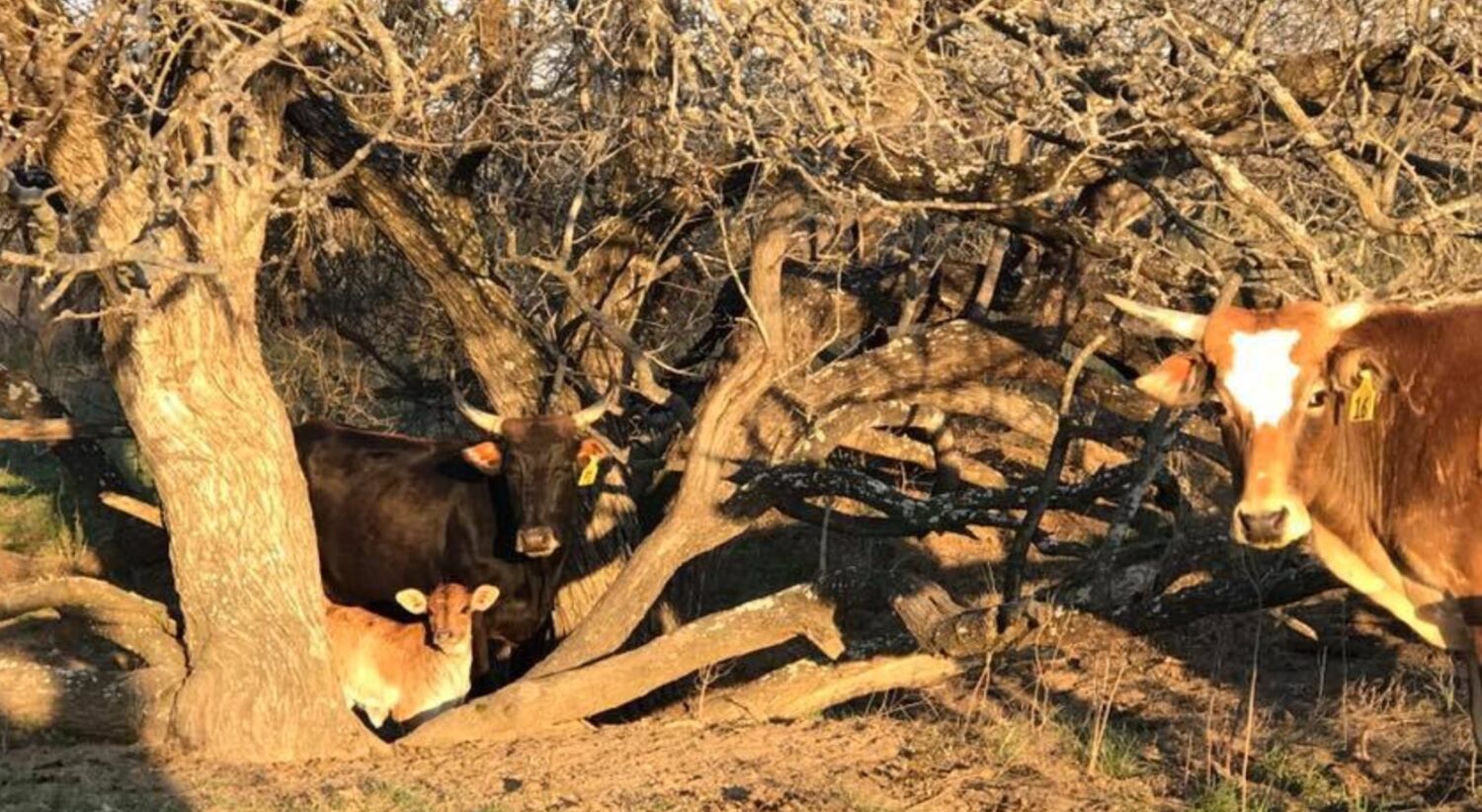by Terry Lidral

Your bucking stock program, whether large or small, is a major investment. And it goes without saying that protecting that investment to maintain its growth and success is a top priority. Maintaining the health of the animals in your program should be number one on the priority list.
Those in the industry who are experienced and well established have routine health maintenance programs set in place as a matter of course. Some of these programs, especially those with bulls competing at the professional levels, have expansive plans that include extensive and expensive treatment routines. But these folks have, more likely than not, built their health programs from the foundation up. And they don’t skimp on the basics.
Setting up a successful health care routine for your program begins with being knowledgeable about preventative and maintenance medicine at all stages of life of the animals in your herd. You can find excellent information from experts and researchers on the worldwide web. (Just make sure the articles are written by those with appropriate credentials and background.) The best source for information, advice and help setting up a quality health care plan is your veterinarian. Working with your vet to establish routine healthcare will also provide a solid base for the vet to use to diagnose and treat health problems if and when they arise.
With research and gained know-how, some of the routine procedures can be self-administered with the correct equipment and pharmaceuticals. This can save on money as well as time and the hard work that comes with loading and transporting bucking stock.
Keeping abreast of health alerts and potential disease and pest problems affecting your geographic area is an important step in maintaining a healthy program. Early precautions and preventative measures can save not only dollars, but the loss of the stock in your program you’ve worked so hard to build.

Being aware of any potential health risks in the area from where you have purchased bucking stock can save bringing contamination into your existing herd. Checking with a qualified veterinarian for tips on how to safely introduce an animal from a high risk area is a wise step in protecting your program. Keep in mind, bovine and equine STD’s can be devastating to a breeding program. Since there are no outward signs of illness, it is essential to make sure this disease does not enter your herd through new acqusitions, both male and female. (Check out the article Trichomoniosis – Silent health risk to your herd at buckingstocktalk.com.)
Common sense, knowledge and a good vet or resource contact will go a long way to help you develop and maintain a successful health maintenance program that fits the needs of your animals. Keeping it simple and providing the basics can be a good way for new or small programs to establish successful health maintenance on a limited budget.


